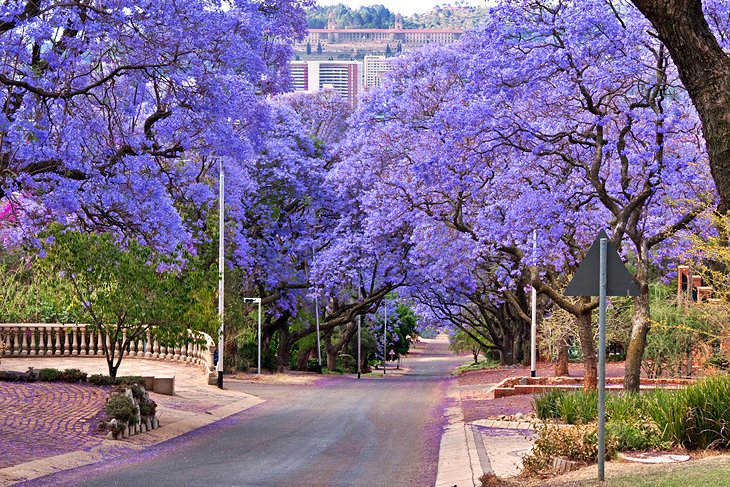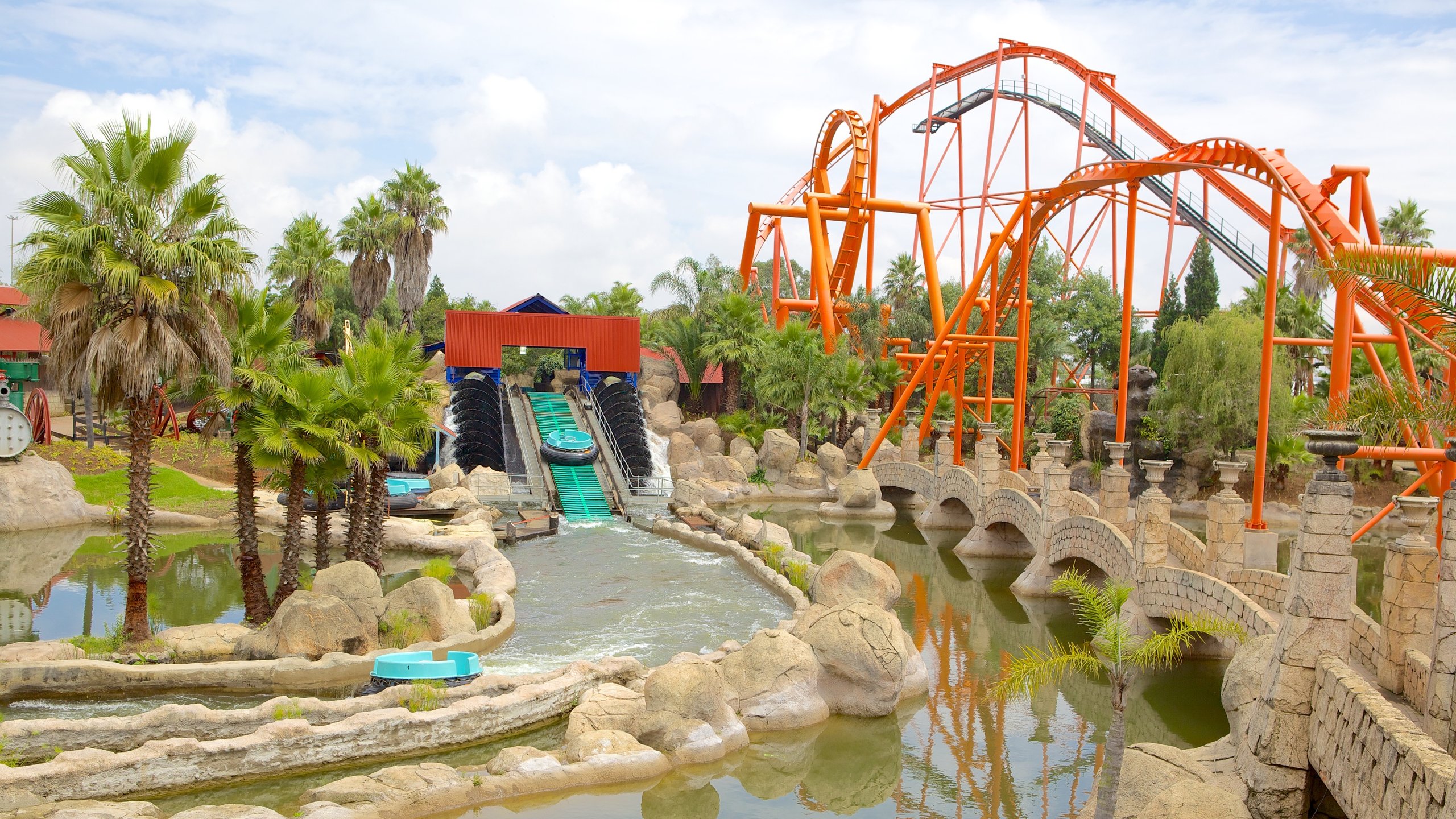Everything about Johannesburg North Attractions
Everything about Johannesburg North Attractions
Blog Article
What Does Johannesburg North Attractions Mean?
Table of ContentsWhat Does Johannesburg North Attractions Do?The Basic Principles Of Johannesburg North Attractions What Does Johannesburg North Attractions Mean?Johannesburg North Attractions Can Be Fun For AnyoneNot known Facts About Johannesburg North AttractionsThe Best Strategy To Use For Johannesburg North Attractions
The city owes its area to the existence of a a lot more valuable source: gold. The city grew on the side of the Witwatersrand Key Reef, a subterranean stratum of gold-bearing quartz-silica corporation that arcs for thousands of miles beneath the Highveld. The majority of the gold mines in the city stopped procedure in the 1970s, but in its day the Witwatersrand gold industry represented greater than 40 percent of the world's annual gold manufacturing.Johannesburg has a warm environment. Summer season temperature levels average concerning 75 F (24 C); winter season temperatures balance concerning 55 F (13 C) and just periodically dip listed below cold. The city enjoys about eight hours of sunlight per day in both winter and summer. Rainfall averages about 28 inches (700 millimetres) per year, yet the complete differs significantly from year to year.
What rain the city receives drops virtually specifically in the summer season, usually in stunning late-afternoon electrical storms. Air air pollution poses a significant trouble, specifically in the winter season months, when thermal inversions hamper the westward circulation of air from the Indian Ocean. Contamination is most severe in the largely settled Black municipalities on the city's perimeter, where many citizens still count on coal for fuel.

The Buzz on Johannesburg North Attractions
The equilibrium of the city is occupied by whites. Holiday accommodation differs in personality and top quality.
Physical growth, although somewhat limited by transport, proceeded swiftly as migration to South Africa, and Johannesburg in specific, increased considerably.
A lot of bad suburbs were blended, with poor blacks and whites living with each other, although the wealthy suburbs were usually scheduled for whites.
The previous system of eleven phoned number regions was reorganised in 2006. Marshalltown, as seen from the top of the Carlton Centre. The M1 and M2 run behind the structures, and the southerly suburbs expand past the freeway limit. The inner city of Johannesburg is situated within the city's Region F. The number of people living in the inner city on a casual basis is unidentified, as many are prohibited immigrants. The unemployment, education and learning, and age profiles of the location are all unidentified, due to the trouble of getting reliable details concerning the area.
Everything about Johannesburg North Attractions
Centred on the CBD, the region consists of the suburbs of Yeoville, Bellevue, Troyeville, Jeppestown, and Berea to the eastern. To the west it infects Pageview (Johannesburg North attractions) and Fordsburg. There are little industrial areas to the south, such as City West-Denver and Benrose. Around 800,000 travelers pass through the central city daily, and it works as a local buying node for site visitors from the southerly suburbs. Yeoville and Bellevue have a mix of apartment and solitary residential systems on little lots. The area lies on a mountainous divide that runs from east to west. The most conspicuous geographical function is Observatory Ridge, which is called for the huge observatory located on it. The leisure spaces are no longer made use of, because of safety and security problems.

Unknown Facts About Johannesburg North Attractions
R. Tambo International Airport). The eastern residential areas are several of the oldest locations of Johannesburg, there are big areas of Jewish and other European backgrounds, the bulk of the populace is English speaking. There are 3 golf links as well as a variety of secured ridges with viewsites. There are several well-developed and up-market entertainment and buying areas in the east here such as the Eastgate Mall and the Greenstone shopping center.
The area is primarily made up of old "matchbox" homes, or four-room homes developed by the government, that were constructed to give low-cost lodging for black workers during apartheid. Soweto is an acronym, meaning "South Western Townships". Road after street in this area is lined with matchboxes; nevertheless, there are a couple of smaller areas where prosperous Sowetans have constructed houses that are extra comparable in stature with those in even more affluent suburban areas.
Hostels are an additional noticeable physical function of Soweto. Initially developed to house male migrant workers, lots of image source have been improved as homes for couples and families. The N1 Western Bypass skirts the eastern boundary of Soweto. The suburban area was not traditionally permitted to produce employment centres within the weblink location, so mostly all of its residents are travelers to other components of the city.
The Best Guide To Johannesburg North Attractions
The residential areas in the northern suburbs are primarily official, with no substantial locations of informal real estate, or housing that lacks a long-term structure. This is a well-known location, there is a trend of land usage adjustment from domestic to commercial, specifically along major arterial roads and around well established nodes.
The area is well attached to roadway networks, particularly along the north-south axis created by the M1 and N1. Roads to the eastern and west are much less well created, as there are no highways taking a trip because instructions. In the direction of the northern border of the city, the density of development lowers, leaving huge locations of primitive land around Midrand.
Unknown Facts About Johannesburg North Attractions
, which is located on a hill ignoring the internal city and Hillbrow.
Report this page